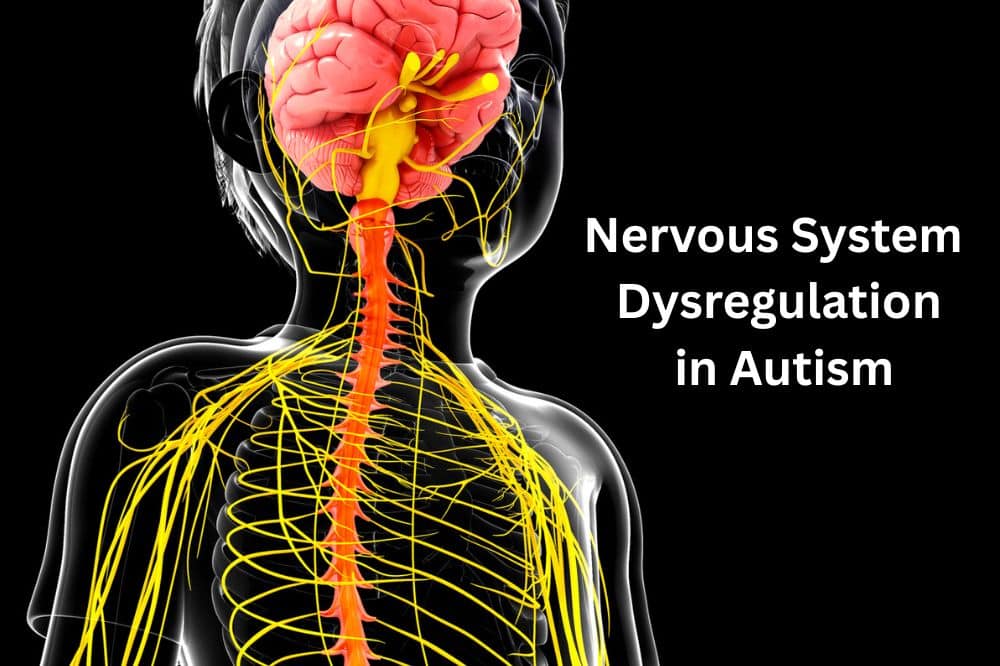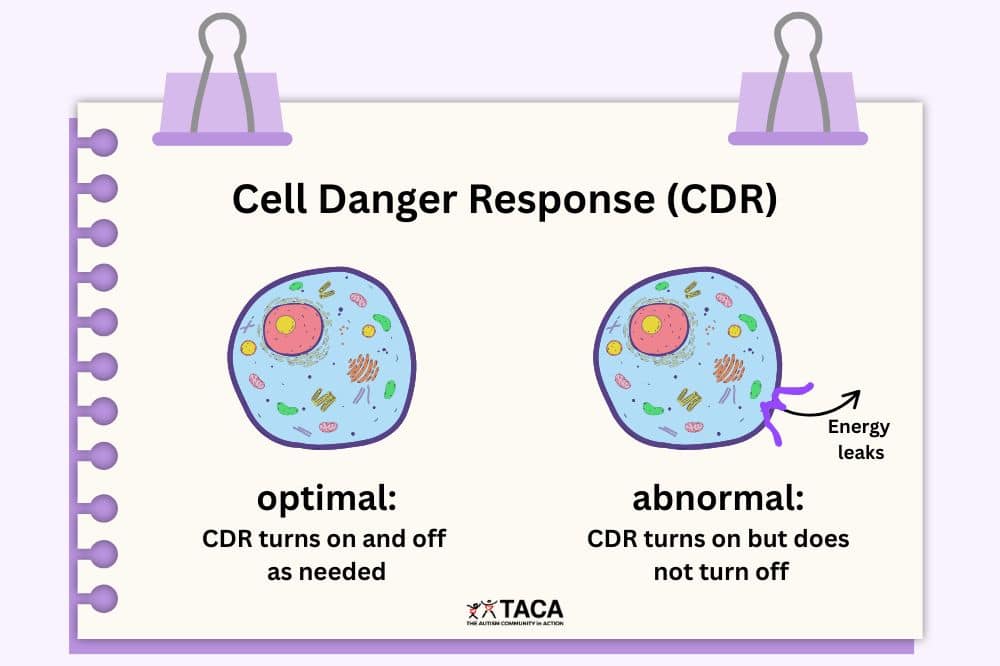The Fundamentals of Special Education: What Parents Need to Know

All contents of this resource were created for informational purposes only and are not intended to be a substitute for professional advice, diagnosis, or treatment. Always seek the advice of your physician, therapist, or other qualified health providers with any questions or concerns you may have.

Timothy Adams, Esq
In this article, Timothy A. Adams, Esq discusses what parents need to know about the fundamentals of special education so they can better advocate for their children throughout the IEP process.
Federal law defines special education as specifically designed instruction, at no cost to the parent, designed to meet the unique needs of a child with disabilities. Instruction can include classroom and home instruction as well as instruction provided in hospitals and institutions. The Individuals with Disabilities Education Improvement Act (IDEA) guarantees a Free Appropriate Public Education (FAPE) to all children who are eligible for and receive special education up to age 21 years.
How Does a Child Become Eligible for Special Education?
Step 1: Referral to a Local Education Agency
A child must first be referred to a LEA (school district, county office of education, or other entity responsible for the child’s education) for assessment to determine his eligibility for special education. Anyone (e.g. parent, teacher, doctor) who suspects the child may require special education can make the referral. In fact, the LEA must meet its legal obligation to “child find” by advertising on its website and in the community regarding the availability of special education resources. Once the child is referred, it’s the LEA’s legal obligation to assess in every area of suspected disability that could affect the child’s ability to access his education.
Step 2: Assessment/Evaluation
This is the first step to determine whether a child meets certain special education eligibility criteria. For example, a child with a diagnosis of Autism or who is suspected may have Autism will qualify for special education if there is a “developmental disability significantly affecting verbal and nonverbal communication and social interaction, generally evident before age three, that adversely affects a child’s educational performance. Other characteristics often associate with autism are engagement in repetitive activities and stereotyped movements, resistance to environmental change or change in daily routines, and unusual responses to sensory experiences.” 34 C.F.R. § 300.8(c)(1)(i).
How Long Does the Assessment Process Take?
After the parent provided her “informed” consent (usually in writing) to testing, the LEA can take up to 60 days to complete the assessment process. The assessment process ends with an Individualized Education Program (IEP) meeting to discuss the results of the assessment.
What Does Assessment Involve?
As noted above, all areas of suspected disability must be assessed. The assessment process usually involves evaluations by several professionals employed by or under contract with the LEA. Depending on the needs of the child, the assessment could include formal and/or informal testing by a psychologist, behaviorist, special education teacher, speech therapist, occupational therapist, physical therapist or other professional. The assessment process must also include gathering information from the parent and must consider prior evaluations and other professionals’ opinions regarding the child’s needs.
Step 3: IEP Meeting
Eligibility
After the initial assessments are complete and before the 60 days are up, the LEA must hold a meeting to review the results of the assessments with the child’s parents. The parents must receive written reports of all of the assessments at the IEP meeting (at the very latest). Federal law requires the LEA ensure the Parents are given the opportunity to “meaningfully” participate in the IEP process. This includes ensuring the Parents participate in the IEP meeting where the assessments will be reviewed and the child’s needs discussed. After considering the LEA’s assessment reports, parent input and other relevant information, the “IEP Team,” of which the Parents are members (in fact the most important), will determine if the child meets eligibility criteria under one or more eligibility categories. One of those categories is “Autism.”
Content of the IEP
From the information it gathers, the IEP Team then identifies areas of educational need and determines the child’s present levels of academic and functional performance, often called Present Levels of Performance (PLOP). The PLOPs are what help the IEP determine how to write reasonable and objectively measurable goals. It’s the IEP Team’s job to write reasonable and measurable goals in every area of unique need affecting the child’s ability to access his education. The child’s IEP goals guide the IEP Team in determining the most appropriate placement (school or other location) and services in the Least Restrictive Environment (LRE). Some other important items to be included as part of the IEP are whether the child requires any modifications or accommodations to benefit from his education. Modifications often involve changing the child’s classroom, or the content or type of curriculum that is being taught. For example, a modification could include administering a spelling test with 15 words instead of 30. Accommodations would not involve a change to the content or type of curriculum but instead provide the same classroom or curriculum with extra support to allow the child appropriate or meaningful access. Some examples of accommodations are: seating the child at the front of the classroom, providing extra time to complete assignments or tests and allowing a child to take an exam in a quiet room away from other students.
IEP Offer and Implementation
Once IEP goals are established, the LEA must make a placement and related services offer. The IEP “offer” must be clearly outlined on the IEP document. The IEP offer must also include start and projected end dates.
Important Points for Parents to Remember About IEPs
The Parent is an Equal and Most Important Member of the IEP Team
The Parent or Guardian must always be meaningfully included in the IEP process, including assessments and meetings to discuss developing an appropriate educational plan for the child. Don’t let anyone, including the LEA, tell you otherwise!
Audio Record all IEP Meetings
If permitted by your State, always audio record your child’s IEP meeting. Keeping a verbatim record of what is discussed during the IEP meeting is one of the best ways to protect your child’s legal rights.
Your Consent is Always Required
An LEA can never force any IEP on your child without your written consent. An IEP is never “all or nothing;” a parent can consent to the parts of the IEP she feels are appropriate and not consent to those portions of the IEP that she doesn’t find adequate or appropriate.
Stay Put
The Parent has the right to enforce her right to maintain her child’s last agreed upon and implemented IEP (with few exceptions) if the LEA and Parent cannot agree on a proposed change to an IEP.
Least Restrictive Environment is the Law
It is the LEA’s legal obligation to maximize the child’s interaction with typically developing peers and to ensure that every child’s IEP offers placement in the Least Restrictive Environment. Regular education is the default placement consideration for the IEP Team. In other words, the IEP Team must first consider and discuss why an age-appropriate, regular education classroom with additional support (such as a 1:1 aide) in the child’s neighborhood school will not allow the child meaningful access to his education, before considering a more restrictive setting such as a Special Day Class.
Methodologies Used Must be Based on Peer-Reviewed Research
All teaching methods including therapy services that are offered or provided must be based on peer-reviewed research. Don’t be afraid to ask your LEA to provide information showing that the programs it is offering are based on peer-reviewed research.
Teachers and Service Providers Must be “Highly Qualified”
Teachers and other service providers must be “highly qualified.” In other words, depending on their role in your child’s IEP, they should be properly trained, credentialed and/or licensed. You have a right to know who is working with your child, and the LEA is legally obligated to provide you information documenting each person’s qualifications.
Resolving Disputes: Due Process and Compliance Complaints
Parents and LEAs can use “Due Process” to resolve their IEP disputes. If the Parents and LEA cannot agree regarding an IEP related dispute, the Parents may and/or the LEA (in many cases) can choose to file a Due Process Complaint and ask a hearing officer (administrative law judge) to resolve the dispute. Either party can also appeal an adverse decision to a Federal or State Court. Under the IDEA, Parents have the right to pursue their attorney’s fees if they become the prevailing party in a special education administrative or court proceeding. When a Parent files for Due Process, the law requires that the Parents and LEA attend a Resolution Session where the parties can discuss ideas on how to resolve their differences. The Parents and LEA can also decide to voluntarily attend a “confidential” mediation conference where a publicly-funded, third party “neutral” mediator is present to help facilitate a settlement of the case if possible. The Parents can also file a Compliance Complaint through their State’s Complaints Resolution Process/Procedure (CRP) for certain procedural violations with their State’s Department of Education if the LEA has failed to adhere its legal obligations to properly implement the child’s IEP, or violated another of the Parent or child’s procedural rights such as failing to meet a timeline for an IEP meeting or assessment.
Resources
School District & IDEA Law
- Wrightslaw has information about special education law and advocacy for children with disabilities.
- LD OnLine has articles about how to create a useful IEP and understanding the IEP process.
- The U.S. Department of Education’s Guide to the Individualized Education Program.
- Center for Parent Information and Resources




